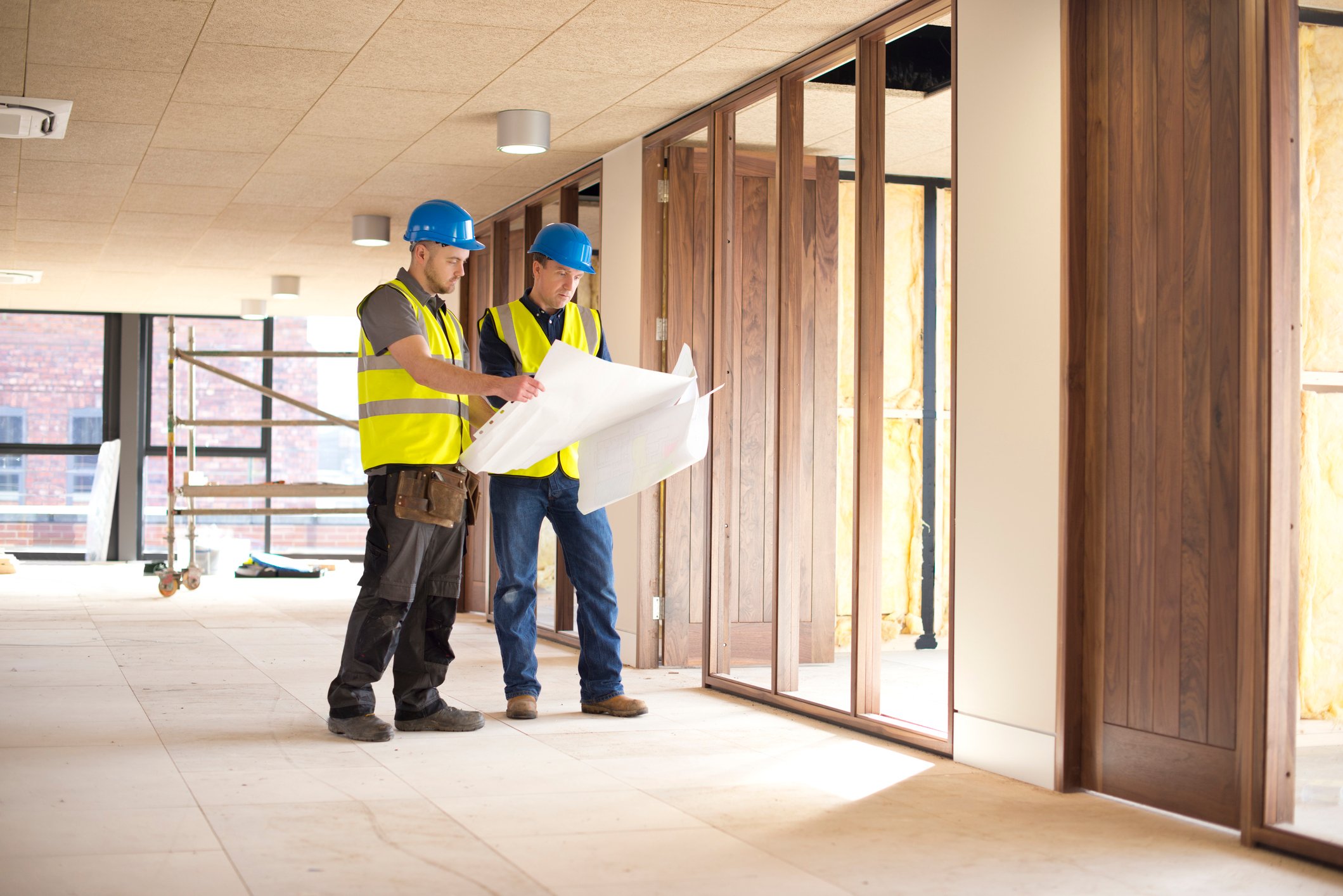What is Fire Safety Retrofitting?
Fire safety retrofitting refers to the process of updating fire safety equipment, including fire sprinklers, alarms, and suppression systems. Retrofitting occurs during renovations, changes in building occupancy, and to accommodate regulatory changes.Fire safety retrofitting refers to the process of updating or installing new fire protection systems to meet current regulatory codes and best practices. During this process, all fire systems will be reviewed and modified or replaced if necessary. This comprehensive approach to fire safety within a business is essential to keeping employees and assets safe.
So, what should businesses and building owners pay attention to while retrofitting their fire safety infrastructure?
Top Benefits of Fire Safety Retrofitting
When it comes to fire safety retrofitting, there are many benefits that businesses receive. From compliance with changing regulations to keeping employees safe, here are a few of the advantages businesses can expect from a thorough fire safety retrofit.
- Improved Occupant Safety - Modern fire safety systems are much more efficient at keeping employees and assets safe.
- Reduced Property Damage - The right fire safety equipment can help stop fire incidents faster, leading to less damage and costly renovations.
- Legal Compliance - Retrofitting keeps buildings and businesses up to date with building codes and standards, ensuring legal compliance and mitigating possible liabilities.
- Higher Property Value - Buildings with up-to-date fire safety equipment often have higher market appeal and value.
When Do You Need to Retrofit Fire Safety Systems?
Fire safety is an ongoing process, and knowing when to retrofit is essential for keeping buildings and occupants safe. Here are some instances when you might need to retrofit fire safety systems:
- During Renovations: When a building is being renovated, it's an opportune time to upgrade or install new fire safety systems. This could include fire alarms, sprinklers, or other suppression systems.
- Changes in Building Occupancy: If the purpose or the number of people in a building changes, the fire safety requirements might change as well. For instance, a building that was once used as a warehouse but is now being used as a residential complex may need different fire safety measures.
- Changes in Potential Hazards: If new equipment or materials that pose a fire hazard are introduced into a building, it may be necessary to retrofit the fire safety systems to adequately protect against these new risks.
- Aging Systems: The average lifespan for a fire protection system is 12 to 15 years. If components begin to fail more often, you may need repair services or a full system retrofit.
- Compliance with Fire Codes: Changes in fire codes might necessitate upgrades or retrofits to existing fire safety systems to remain compliant.
Before starting the retrofitting process, it's crucial to conduct a thorough fire risk assessment to identify potential fire hazards and assess the existing fire safety measures.
What Fire Safety Systems Need to be Retrofitted During a Renovation?
Businesses should consider retrofitting the following fire safety systems based on the latest standards and codes, as well as their specific needs:
- Fire Alarms: These systems are crucial for early detection and warning of a fire. If your current system is outdated or not functioning properly, retrofitting can ensure that you have the most current technology for quick response.
- Sprinkler Systems: Sprinklers can quickly extinguish a fire before it spreads, minimizing damage. If your building does not have a sprinkler system, or if it's outdated, retrofitting can provide more effective fire suppression.
- Special Hazard Suppression: Besides sprinklers, other fire suppression systems like clean agent systems, foam systems, or kitchen hood suppression systems might be necessary depending on your business type. Retrofitting these can ensure they're up-to-date and effective.
- Emergency Lighting: This helps people safely exit a building during a fire. If your lighting is old or ineffective, retrofitting can ensure that exit paths are clearly lit.
When retrofitting outdated systems, businesses and building owners should also consider installing an integrated fire and security system for long-term ease of use, cost savings, and better overall system management. A dual system can provide peace of mind while facilitating a better flow of critical information in the event of an emergency, limiting false alarms and providing quicker response times.
Retrofitting Outdated Systems for Optimized Performance
Retrofitting is an essential step toward ensuring the safety and efficiency of your building's fire and security systems. With these modifications, you can provide a safer environment for occupants while simultaneously optimizing system functionality.
Get in touch if you’re considering a retrofit project. We’ll conduct a thorough fire risk assessment to determine the most critical areas for improvement and create a tailored plan to meet your specific needs. Our team of experts will work closely with you throughout the entire process, from design to installation, to ensure a seamless transition and minimal interruption to your daily operations.
Editor's Note: This post was originally published on August 28, 2020, and has been updated for accuracy and current best practices.








